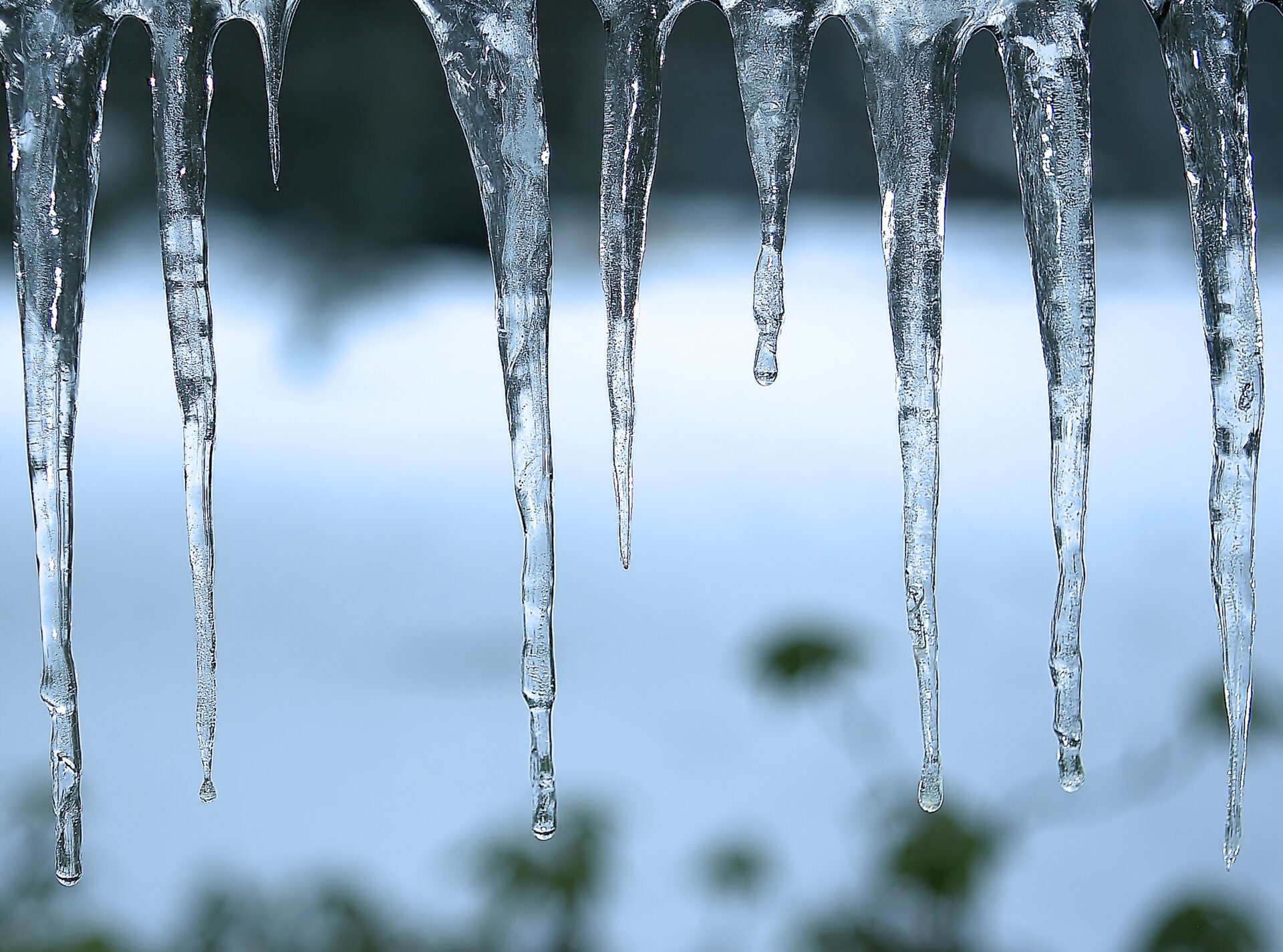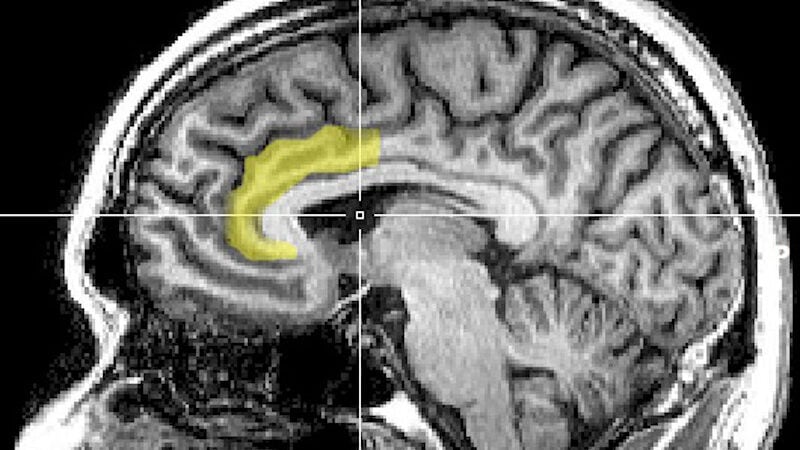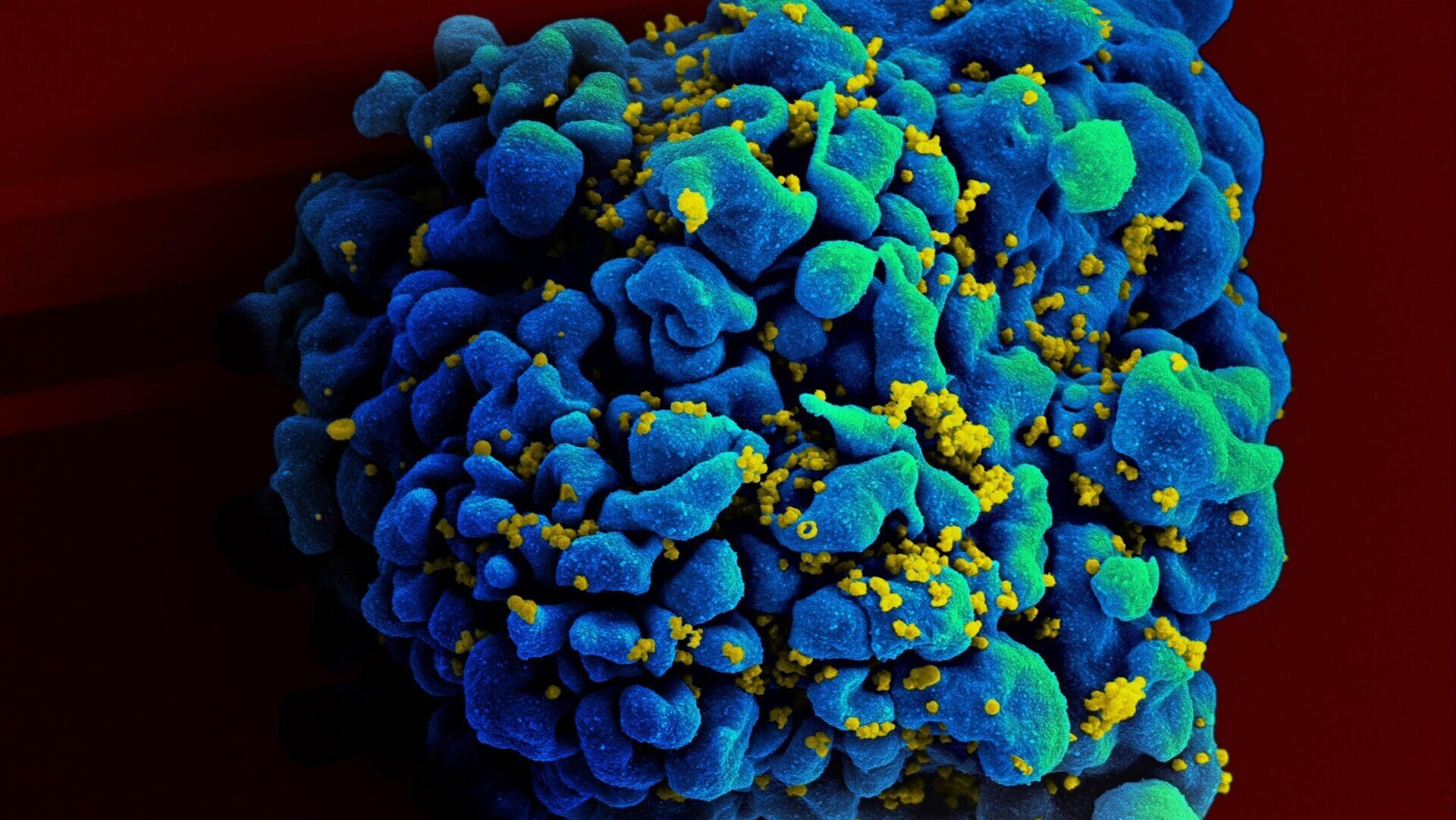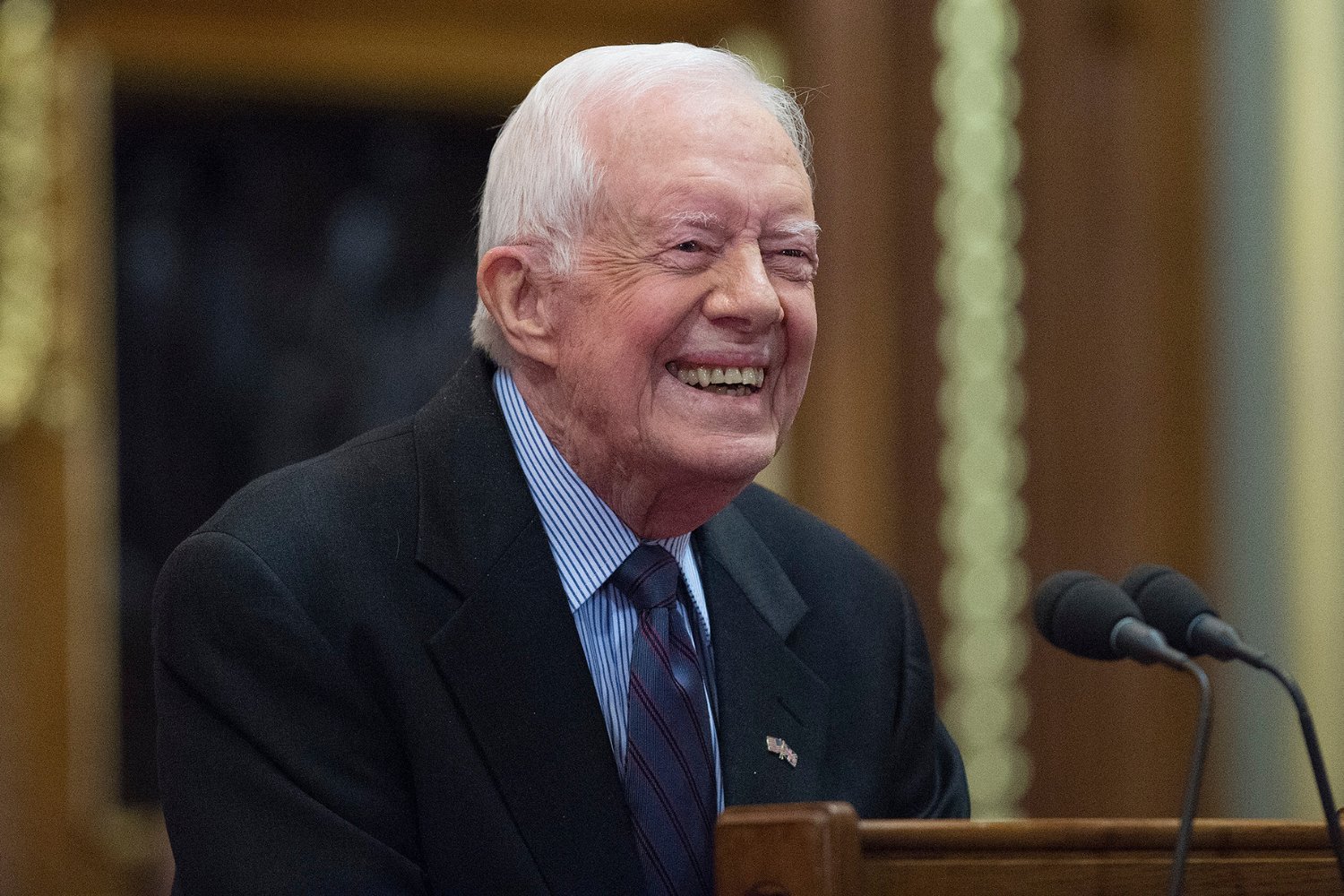Cold weather, despite a warming climate, is proving to be an increasingly deadly threat in the United States. A recent study reveals a significant surge in cold-related deaths over the past two decades, raising concerns about the impact of extreme weather, homelessness, and social isolation.
This alarming trend underscores the complex relationship between climate change and human vulnerability, highlighting the need for effective interventions to protect vulnerable populations. This article delves into the findings of the study, exploring the factors contributing to this troubling rise in cold-related mortality and discussing potential solutions.
Cold’s Surprising Toll: A Deeper Look at the Data
While much attention has been focused on the dangers of rising temperatures, the cold remains a significant killer. A 2021 study revealed that cold weather accounted for roughly three-quarters of global deaths attributed to extreme temperatures in 2019, totaling approximately 1.7 million fatalities.
Recognizing the limited research on cold-related deaths in the US, researchers at Harvard Medical School sought to investigate the trend over time. They analyzed death certificate data from the Centers for Disease Control and Prevention (CDC), focusing on instances where cold was listed as either the primary or a contributing cause of death.
A Doubling of Deaths: 1999-2022
Their analysis, published in JAMA, revealed over 40,000 cold-related deaths in the US between 1999 and 2022. After adjusting for age, the mortality rate more than doubled, increasing from 0.44 deaths per 100,000 people in 1999 to 0.92 deaths per 100,000 in 2022. A particularly sharp increase occurred between 2017 and 2022.
Lead study author Rishi Wadhera, a cardiologist and public health researcher at Harvard, emphasized the importance of these findings. “While the focus on heat-related deaths is justified given global warming, our study highlights that cold-related deaths remain a serious public health issue,” he stated.
Unstable Housing and Climate Change: Factors Driving the Trend
Although the study didn’t pinpoint specific causes for the increase, the researchers pointed to several potential factors, including climate change and the rise in homelessness. Climate change is known to increase the likelihood of both hot and cold extreme weather events. Simultaneously, more Americans face housing instability, increasing their vulnerability to cold exposure.
“The number of unsheltered individuals in the US has grown in recent years, making them particularly susceptible to cold snaps,” Wadhera explained. Data supports this observation, showing a general increase in homelessness since 2016, with chronic homelessness exceeding record numbers in 2023.
Vulnerability and Disparity: Identifying Those Most at Risk
The study also revealed disparities in cold-related mortality. The Midwest, with its harsh winters, experienced the highest mortality rate. Native and Black Americans had the highest mortality rates among racial and ethnic groups, while individuals over 75 were the most vulnerable age group.
Substance use and social isolation can further exacerbate the risk of cold exposure by hindering access to safe and warm environments.
Addressing the Crisis: Calls for Action and Future Research
The authors stress the need for further research to fully understand the reasons behind the escalating cold-related deaths. However, they also urge policymakers to take immediate action. Ensuring access to reliable indoor heating for vulnerable populations and expanding the availability of warming centers are crucial steps to prevent further loss of life.
Wadhera concluded, “Our findings should raise awareness about the risks of cold weather exposure, particularly for older adults with underlying health conditions, unsheltered individuals, and low-income populations lacking access to adequate heating.” Addressing these vulnerabilities is essential to combatting this growing public health challenge.











